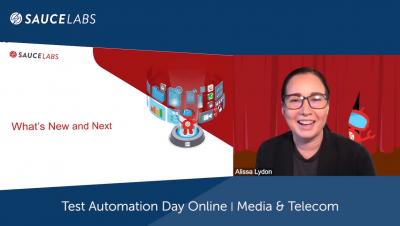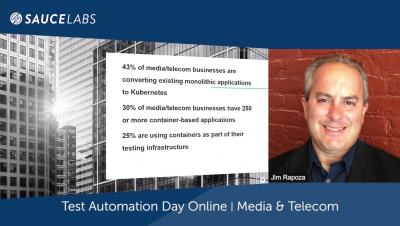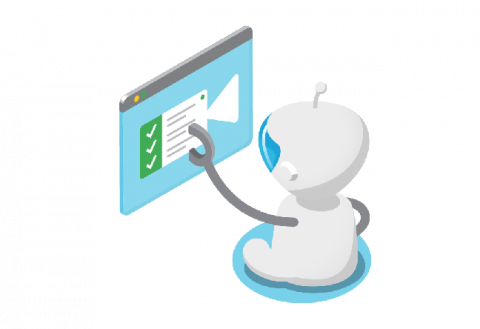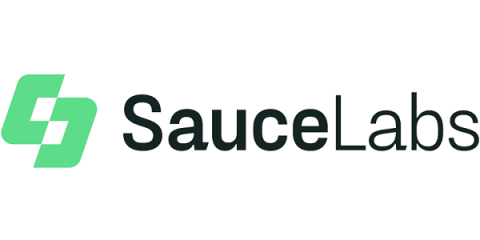Systems | Development | Analytics | API | Testing
Sauce Labs
How Transformation in Application Development is Driving Innovation and Change in Testing
Quickstart to Automated Functional Testing with Visual Testing
You have decided to add the power of Selenium automated testing to your testing strategy, but are overwhelmed with how much learning is involved. The Selenium automation framework can be intimidating, and getting started with little to no experience can be a massive undertaking for any organization. The good news is that there is a great way to get started with automated functional testing and it’s not what you would expect: visual testing!
How To Properly End Test Sessions
A Better Solution for Building Wait Times Into Your Tests
The Most Common Test Error and Why It Happens
1 Simple Trick To Massively Improve Automation Efficiency
Automated UI testing is a daily struggle for efficiency and reliability. A single misconfigured line of code can cost teams in hours of lost feedback time and test error triaging—potentially costing companies hundreds of thousands of dollars. In this case study we will see how interactions with only two web elements led to a 34% degradation in the test execution time.
Speeding Up Your Tests: Short Tests in Parallel
In the first blog in this series, I talked about test speed, and why it shouldn’t be your first priority. Rather, you should focus on getting accurate test results back consistently. This week, I’ll discuss the power of parallelization in testing.
How to Introduce Test Automation Practice in a Legacy Financial Company
Hot Off the Press: What's New and Next at Sauce
In this session, Sauce Labs Director of Product Marketing Alissa Lydon shares how Sauce Labs is delivering on its 2020 product roadmap and introduces new features including Failure Analysis, Visual End-to-End Testing, and the Sauce Testrunner Toolkit (https://saucelabs.com/platform/sauce-testrunner-toolkit).










